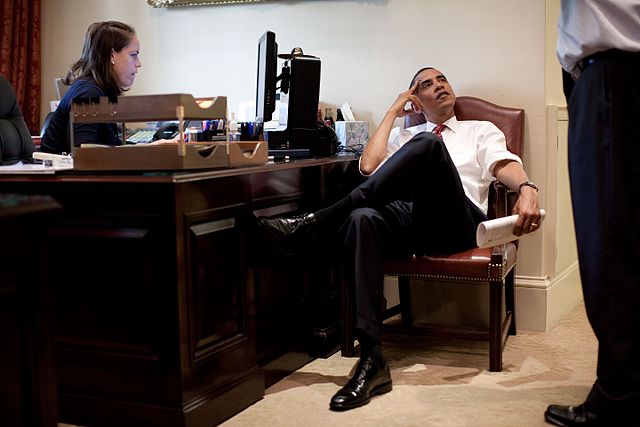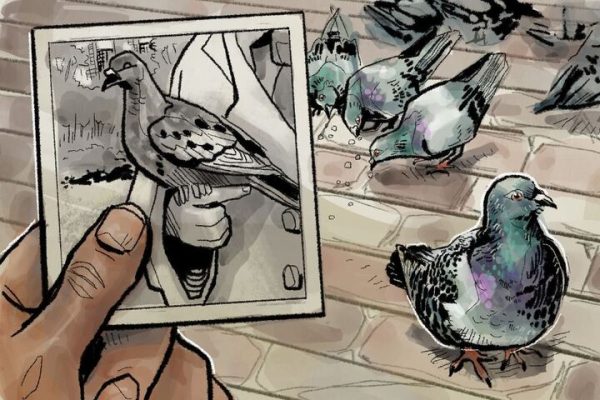Looking back at President Obama’s presidency
Friday marks the last time Barack Obama will walk through the halls of the White House as president.
His successor will be sworn in as president that day as the Obama family exits the White House.
On Feb. 10, 2007, Obama announced his candidacy for president. His campaign projected themes of hope and change.
Following the first primaries and caucuses in early 2008, Obama proved a formidable opponent for Democratic front-runner and party favorite Hillary Clinton. Their primary fight lasted until June, when Clinton withdrew her candidacy and endorsed Obama. At the 2008 Democratic National Convention, Clinton moved to suspend the roll call vote and declare Obama the party’s nominee by acclimation, a move that passed.
Obama faced Arizona Republican Sen. John McCain in the general election, successfully garnering 365 electoral votes to McCain’s 173, getting nearly more than 100 more electoral votes than the minimum 270 required.
His first term as president saw the economy start to slowly recover. In March 2010, he signed into law his signature law: the Affordable Care Act also known as Obamacare. On May 1, 2011, Obama made an announcement America had waited nearly a decade to hear.
“The United States has conducted an operation that killed Osama bin Laden, the leader of al-Qaeda,” Obama said to start his 10-minute speech announcing the death of the man responsible for the 9/11 attacks.
In 2012, Republican Mitt Romney challenged Obama for the presidency. Obama successfully defeated his opponent by winning 332 electoral votes and 51.1 percent of the popular vote.
Obama’s second term saw a lot of good and a lot of bad. Racial tensions came to the forefront in 2014 after a white police officer killed an unarmed black man in Ferguson, Missouri. In June 2015, the United States Supreme Court declared same-sex marriage as a right guaranteed under the Constitution, making it legal in all 50 states. Dozens were hurt or injured in mass shootings across the nation. The Dow Jones broke records and has come close to hitting the 20,000 mark.
One thing that remained true for Obama’s entire presidency was obstruction by congressional Republicans. This was especially true after Tea Party Republicans took over the House of Representatives after the 2010 Midterm Election. Congressional Republicans fought Obama on nearly every issue — even voting more than 50 times to repeal Obamacare and shutting down the government after their efforts failed during a vote in 2013.
Obstructing the president became a goal for Republicans.
“Our top political priority over the next two years should be to deny President Obama a second term,” then-Senate minority leader Mitch McConnell said in 2010.
Yet despite that high level of obstructionism, Obama held his head high and never sought to belittle his opponents. That is something that will certainly be missed when his successor, Tweeter-in-Chief Donald Trump, known for his Twitter rants, takes office and spends his time discrediting his opponents when they don’t agree with him.
The future of the country appears much different than it did on Jan. 20, 2009. Rather than a feeling of hope and new times, a culture of fear seems to now dictate the conscious of the American people.
Obama, however, remains hopeful in what can be accomplished in the future, especially in regards to younger people getting involved in politics. During his farewell address on Jan. 10, he repeated a message from his original campaign.
“Yes we can,” Obama said to thunderous applause. “Yes we did. Yes we can.”
Farewell, Mr. President.










